These Are the Smelliest Dog Breeds You Can Own
Anyone who lives with dogs knows that smell comes with the territory, but some breeds are built to be more pungent than others. Factors like oily skin, droopy ears, and constant drool contribute to the reputation that some dog breeds are stinkier than others.
These breeds require more than a casual rinse to keep their scent in check.
Bloodhound

Credit: pixabay
Bloodhounds produce a distinctive smell of their own. Their dense, oily coat produces oil that resists water but locks in odor. And let’s not forget about those iconic wrinkles that collect moisture, yeast, and bacteria like it’s a hobby. Add nonstop drooling, and they start smelling like they just returned from a swampy expedition.
Bulldog
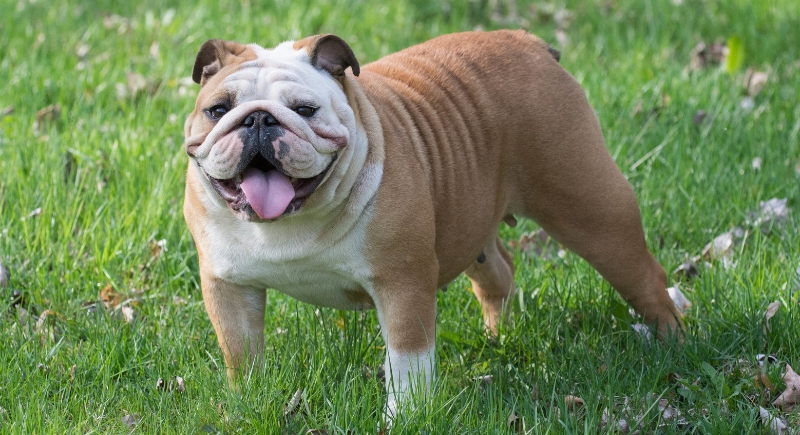
Credit: Canva
Beyond the signature wrinkles, Bulldogs have a hidden problem area: the tail pocket. It’s a small, moist crevice that often goes unnoticed and uncleaned, leading to a persistent odor. Bacteria also thrive in their facial folds, especially around the nose and eyes, which contributes to a sour smell that lingers if hygiene lapses.
Basset Hound
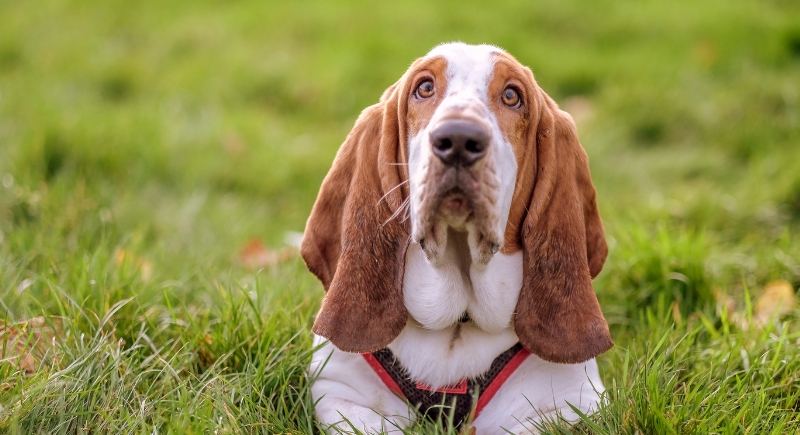
Credit: Getty Images
Everything about a Basset Hound hangs low, including their scent standards. Their long ears act like drag brushes through grass and dirt, and their oily fur clings to odors like Velcro. Add jowls that stay wet and a naturally high oil output, and you’ve got a dog that smells like the outdoors.
Saint Bernard
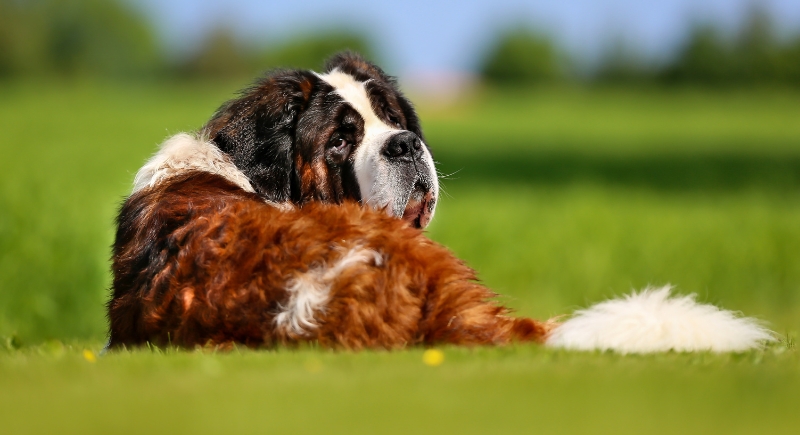
Credit: Getty Images
The Saint Bernard’s drool factor is no joke. Their lip structure causes continuous salivation, and when moisture collects around the mouth, bacteria follow. Their thick double coat traps moisture after swimming or snow play, turning that faint dog smell into something far more intense without proper grooming.
Beagle
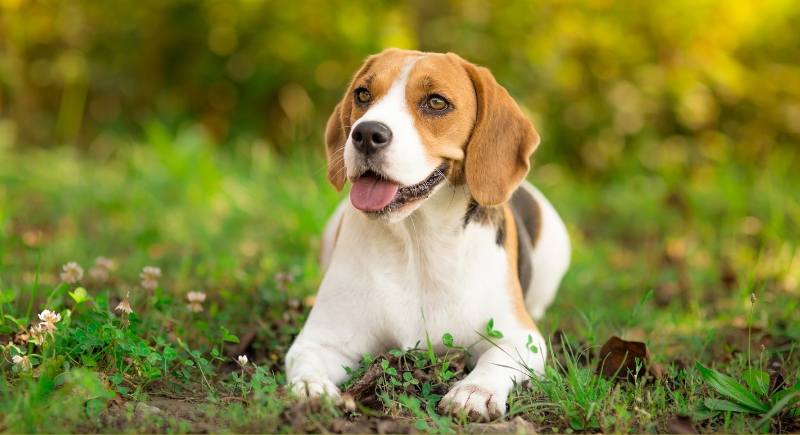
Credit: Getty Images
Beagles were bred for pack hunting, and that meant each one developed a signature “hound scent” to help distinguish them in the field. That musky odor is still present today. Combined with long, closed-off ear canals that are prone to infections, Beagles can be deceptively strong-smelling dogs.
Shar-Pei
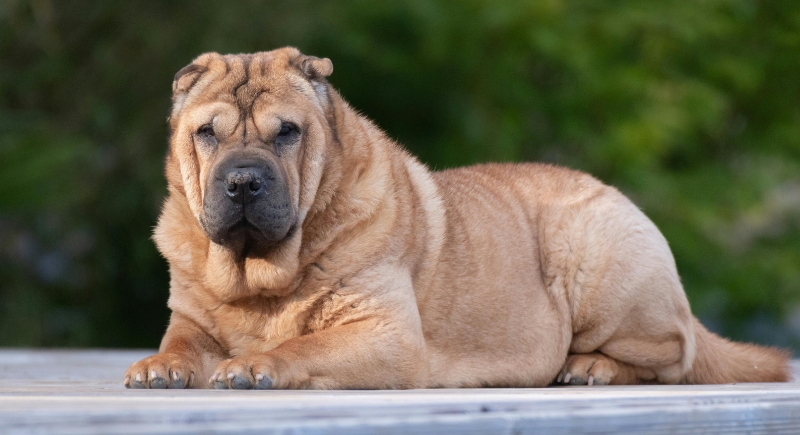
Credit: pexels
Every fold on a Shar-Pei’s body is a potential trap for moisture and bacteria. But the bigger concern is a predisposition to skin infections like pyoderma. These conditions can develop rapidly, particularly in warm or humid environments. Shar-Pei can develop a telltale odor even when you think they’re squeaky clean.
Labrador Retriever
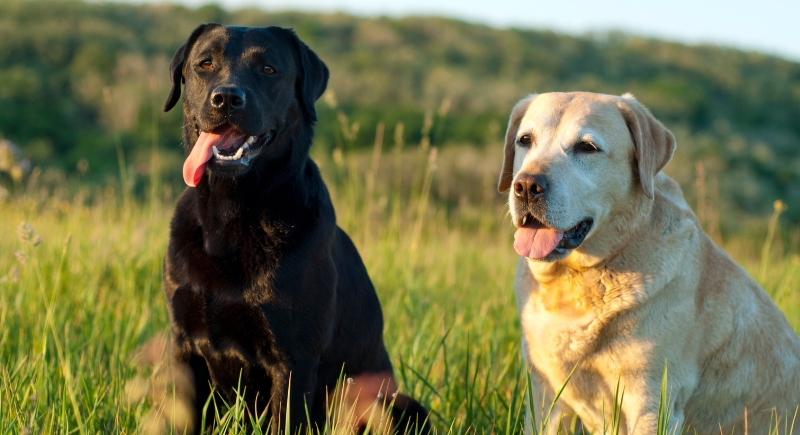
Credit: Getty Images
Labs are water lovers, and their dense, double-layer coat is designed to hold onto natural oils for insulation. But this same coat can smell sour if not dried thoroughly. Some Labs also experience chronic yeast overgrowth on the skin, which adds another layer to the distinct, oily “Lab smell.”
Cocker Spaniel
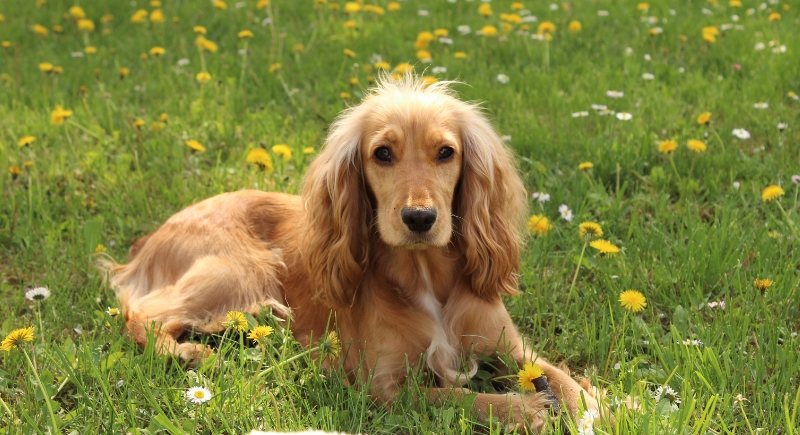
Credit: Getty Images
A Cocker’s ears trap heat and moisture, which is why infections and a musty smell are so common. Dental issues add to the problem. Crowded teeth collect food and plaque quickly, and that combination often leaves Cockers with a breath problem that owners know all too well.
Mastiff
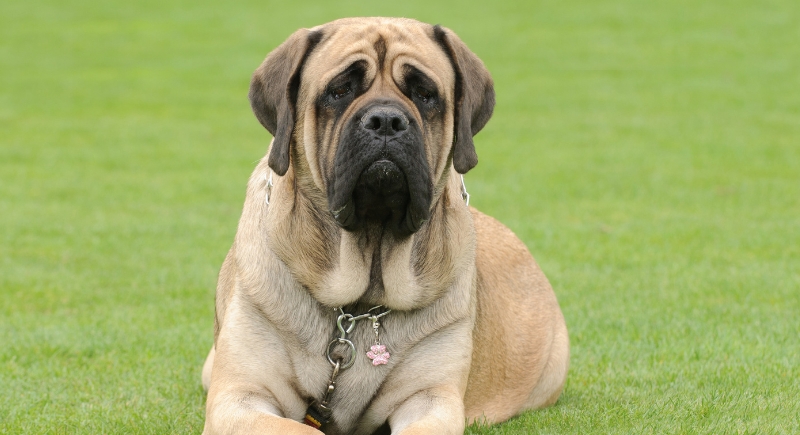
Credit: Getty Images
Massive jowls, deep wrinkles, and enough drool to flood a small rug. Mastiffs often struggle with flatulence, and their large body surface gives bacteria more room to party. The areas around their mouth and skin folds are regular hotspots for trapped food and saliva, especially after mealtime.
Yorkshire Terrier
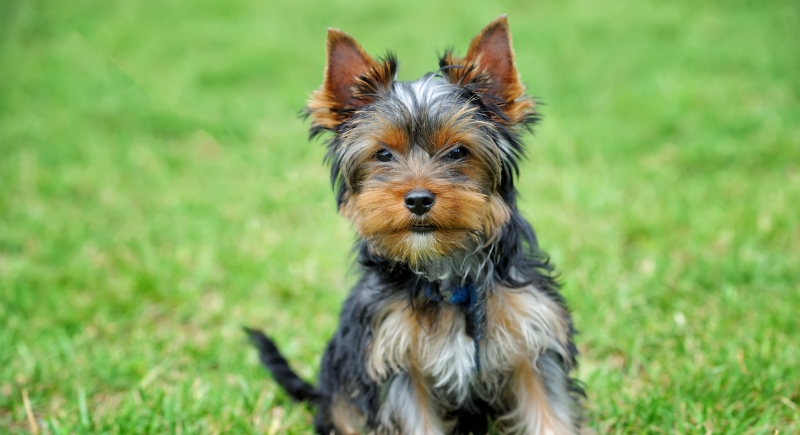
Credit: Getty Images
Despite the silky hair, Yorkies don’t get a free pass. Their long coats catch everything from street dust to food crumbs, and unlike fur, hair can carry a lingering scent. Some also sweat a little through their follicles, which adds a faint body odor between baths.
Newfoundland
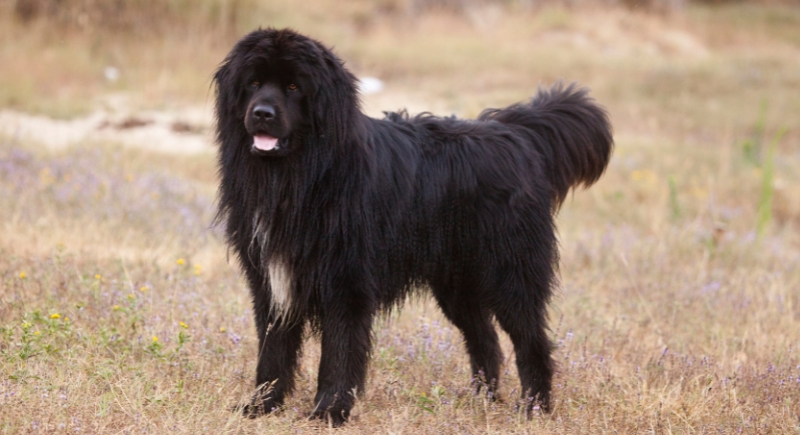
Credit: Getty Images
Water-resistant fur doesn’t mean odor-proof. Newfoundlands adore swimming, but their massive double coat locks in moisture. If not dried properly, it can start smelling like a damp towel left in a gym bag. And when the undercoat mats, those wet patches can quickly turn into yeast-filled odor pockets.
Chihuahua
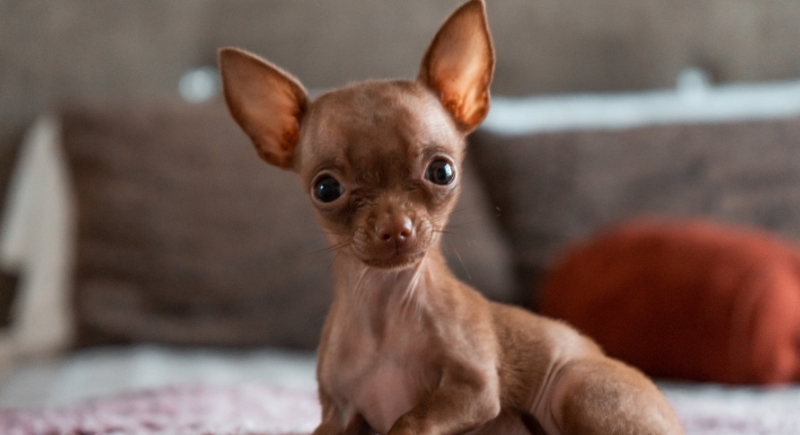
Credit: Studio Mexico
You wouldn’t expect a toy breed to make this list, but Chihuahuas are not subtle in the smell department. Tiny mouths mean crowded teeth, which leads to fast-developing dental disease and bad breath. Rectal gland issues also pop up now and then, adding another layer to their olfactory profile.
Boxer
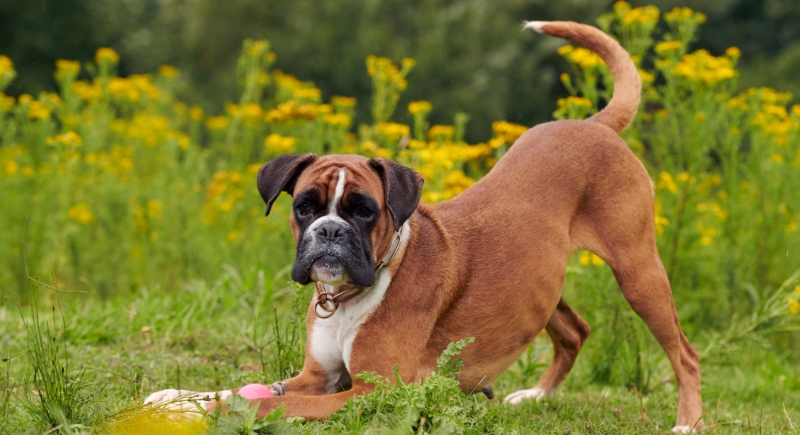
Credit: Canva
Flatulence might as well be listed in Boxer breed profiles. Their digestive systems are notoriously sensitive, and poor diet choices can make things worse. On the skin side, Boxers are oilier than most short-haired breeds, especially in warm weather. This makes them smell a bit like they’ve skipped a few showers.
Great Dane
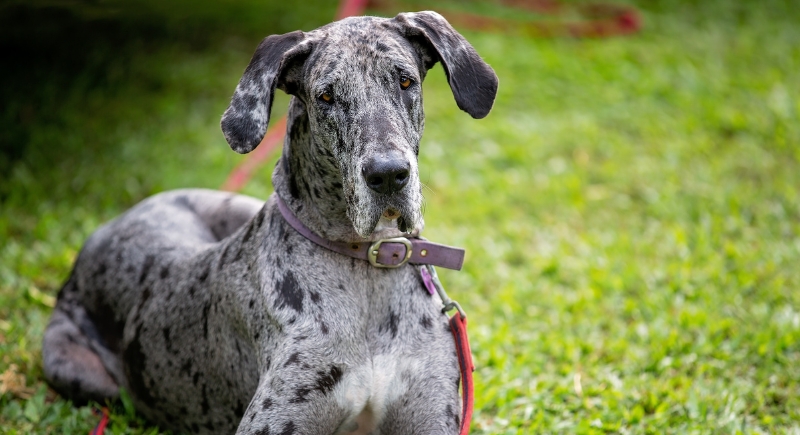
Credit: Canva
When a dog this big gets gassy, you notice. Great Danes often struggle with digestion-related odors, and because they eat in large volumes, any dietary imbalance gets magnified. Their minimal coat means skin oils stay on the surface, sometimes building up enough to create a distinct, slightly greasy aroma.
Pug
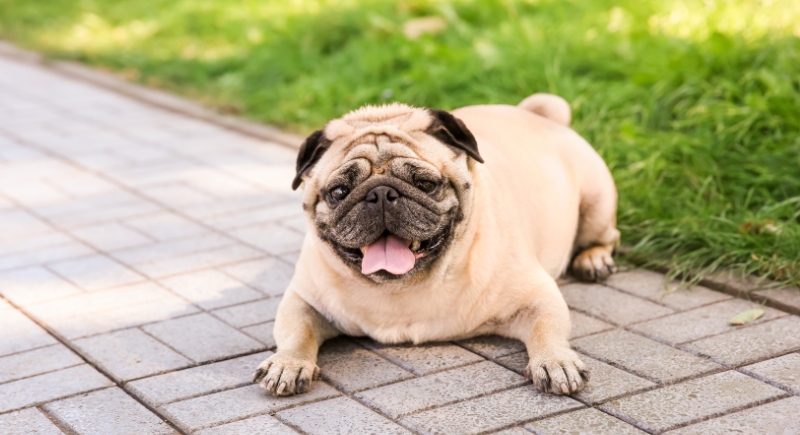
Credit: pixelshot
A Pug’s wrinkles are its trademark, but also its biggest maintenance concern. If those skin folds aren’t regularly cleaned, they can trap food, bacteria, and moisture, leading to red, smelly infections. Pugs also tend to have “Frito feet”, which is a yeast-related paw smell that flares up in humid environments or when grooming is skipped.